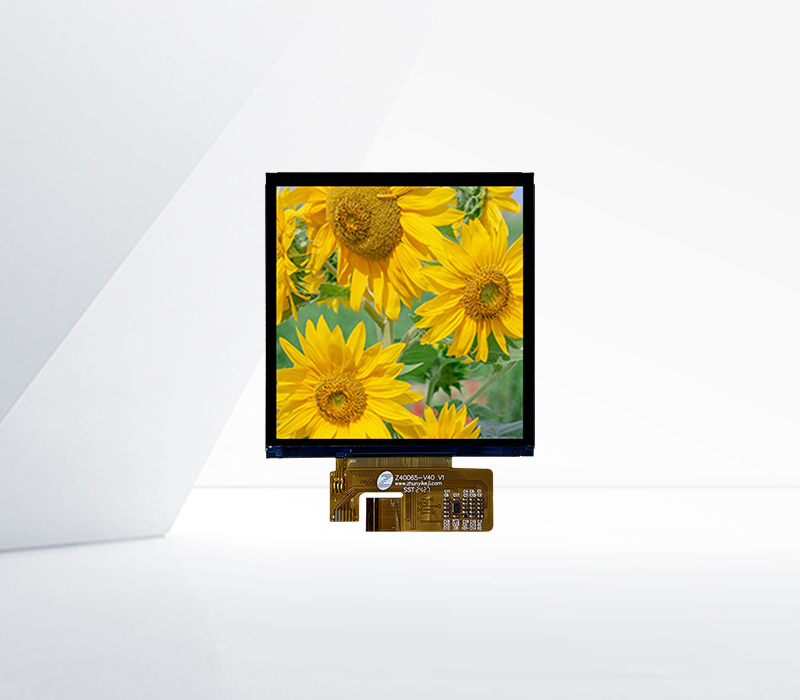




High-quality TFT (Thin Film Transistor) LCD screens represent the pinnacle of liquid crystal display technology, offering superior image quality, color accuracy, and performance. TFT technology is a type of active-matrix LCD, where each pixel is controlled by its own thin-film transistor, enabling precise control of the liquid crystal molecules and resulting in enhanced display characteristics.
One of the defining features of high-quality TFT LCD screens is their exceptional color reproduction. These screens use advanced color filters and precise color calibration techniques to achieve a wide color gamut, covering a large portion of the sRGB or even the Adobe RGB color space. This allows for the accurate display of vibrant and true-to-life colors, making them ideal for applications where color accuracy is critical, such as graphic design, photography, video editing, and high-end gaming.
High resolution is another hallmark of high-quality TFT LCD screens. With resolutions ranging from Quad HD (2560 x 1440) to Ultra HD 8K (7680 x 4320), these screens offer an incredibly detailed viewing experience. The high pixel density ensures that text appears sharp and images are rendered with fine details, providing a visually immersive experience for the user. Additionally, the use of high-resolution TFT LCD screens enables the display of more information on the screen, which is beneficial for productivity applications, such as multitasking on a computer or viewing complex data visualizations.
Response time is also optimized in high-quality TFT LCD screens. Faster response times, often less than 1 millisecond in some gaming-oriented models, eliminate motion blur and ghosting, making them suitable for fast-paced content, such as action movies, sports broadcasts, and high-speed gaming. This is achieved through advanced liquid crystal materials and drive circuits that can quickly change the state of the liquid crystals.
In terms of construction, high-quality TFT LCD screens are built with premium materials and precise manufacturing processes. The thin-film transistors are fabricated using advanced semiconductor manufacturing techniques, ensuring consistent performance and reliability. The LCD panels are also designed to be durable, with features such as reinforced glass substrates and protective coatings to prevent damage from scratches and impacts. Moreover, these screens often incorporate energy-efficient technologies, such as low-power backlighting and intelligent power management systems, to reduce power consumption without compromising on display quality.
